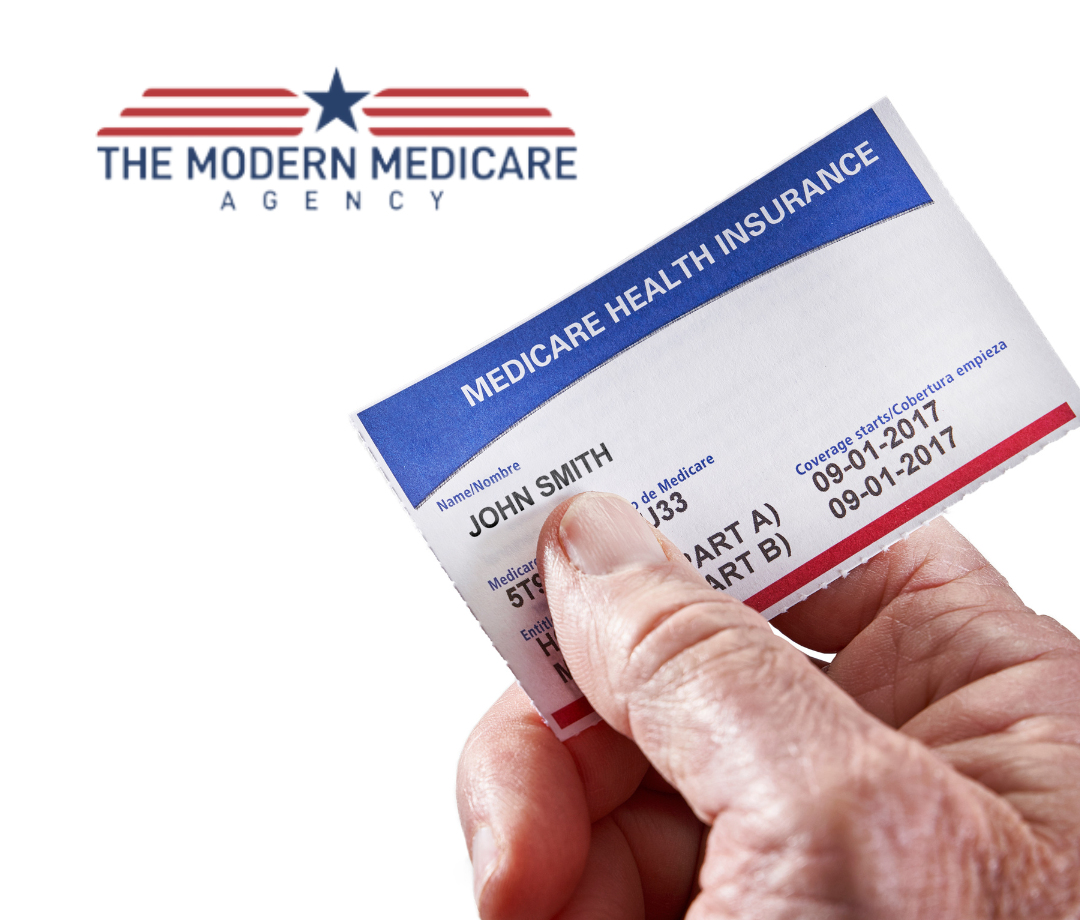Fascination About Medicare Advantage Agent
Fascination About Medicare Advantage Agent
Blog Article
The Only Guide for Medicare Advantage Agent
Table of ContentsAbout Medicare Advantage AgentTop Guidelines Of Medicare Advantage AgentMedicare Advantage Agent - Questions


follows from complies with the puzzling young fairly profile of the uninsured with the better healthFar better health and wellness average, of younger persons. For those without accessibility to workplace wellness insurance coverage, bad health and wellness is a potential obstacle to buying nongroup protection because such protection may be extremely priced, omit pre-existing problems, or be merely inaccessible. Unless otherwise noted, nationwide price quotes of individuals without wellness insurance policy and proportions of the population with different kinds of protection are based on the CPS, the most extensively used resource of estimates of insurance policy coverage and uninsurance prices.

Medicare Advantage Agent Fundamentals Explained
Over a three-year period starting early in 1993, 72 million people, 29 percent of the united state populace, lacked insurance coverage for a minimum of one month. Within a solitary year(1994), 53 million people experienced at least a month without insurance coverage(Bennefield, 1998a). Six out of every ten without insurance adults are themselves used. Although working does improve the chance that a person and one's family members will certainly have insurance, it is not a guarantee. Even participants of family members with two permanent breadwinner have practically a one-in-ten opportunity of being without insurance (9.1 percent uninsured price)(Hoffman and Pohl, 2000 ). The partnership between medical insurance and access to care is well established, as recorded later in this chapter. Although the connection between medical insurance and health and wellness end results is neither direct nor basic, a considerable professional and wellness solutions research literary works links health and wellness insurance policy protection
to enhanced access to care, much better top quality, and enhanced individual and population health and wellness condition. The second report, on personal health and wellness outcomes for without insurance grownups, is stood for by the innermost circle of the figure, while the 3rd record, on family members wellness, encompasses the topics of the second report yet emphasizes a various device of evaluation, particularly, the family. The 6th record in the series will present info regarding methods and efforts embarked on locally, statewide, or nationally to deal with the absence of insurance policy and its negative influences. Degrees of evaluation for analyzing the impacts of uninsurance. This discussion of medical insurance protection concentrates mainly on the U.S. populace under age 65 because essentially all Americans 65 and older have Medicare or other public insurance coverage.
In addition, it focuses specifically on those with no wellness insurance coverage for any kind of size of time. The problems dealt with by the underinsured remain in some respects comparable to those encountered by the without insurance, although they are normally much less severe. Uninsurance and underinsurance, however, involve distinctly different plan issues, and the techniques for addressing them may differ. Throughout this study and the 5 reports to comply with, the primary focus is on individuals without medical insurance and hence no aid in paying for wellness treatment past what is readily available via charity and safeguard organizations. Health and wellness insurance policy is a powerful variable influencing receipt of treatment due to the fact that both clients and doctors reply to the out-of-pocket price of solutions. Wellness insurance, however, is neither required nor enough to access to clinical solutions. The independent and straight result of wellness
insurance insurance policy on access to health health and wellness solutions well establishedDeveloped Others will certainly acquire the health and wellness care they need also without medical insurance, by paying for it out of pocket or seeking it from service providers who supply treatment cost-free or at highly subsidized rates. For still others, medical insurance alone does not ensure invoice of treatment due to various other nonfinancial barriers, such as visit an absence of healthcare providers in their neighborhood, limited access to transport, illiteracy, or etymological and social differences. Official research study about uninsured populations in the USA dates to the late 1920s and early 1930s when the Board on the Expense of Treatment created a series of reports about funding doctor workplace sees and hospital stays. This problem became salient as the varieties of medically indigent climbed during the Great Clinical depression. Empirical research studies consistently support the web link between accessibility to care and improved wellness results(Bindman et al., 1995; Starfield, 1995 ). Having a regular source of treatment can be considered a forecaster his explanation of access, rather than a straight step of it, when health and wellness results are themselves utilized as access indicators. This extension of the notion of access dimension was made by the IOM Committee on Checking Accessibility to Personal Health And Wellness Treatment Provider(Millman, 1993, p. Whether moms and dads are insured shows up to affect whether or not their children obtain treatment in addition to how much careeven if the children themselves have coverage(Hanson, 1998). The wellness of parents can impact their capacity to care for their kids and the level of household stress and anxiety. Stressing concerning their kids's accessibility to care is itself a resource of tension for moms and dads. 3 chapters comply with in this report. Chapter 2 provides a summary of how employment-based medical insurance, public programs and specific insurance coverage plans operate and communicate to offer extensive but insufficient coverage of the U.S. populace. This consists of a testimonial of historic patterns and public laws influencing both public and exclusive insurance policy, a discussion of the interactions among the various sorts of insurance, and an exam of why people relocate from one program to one more or wind up

Report this page